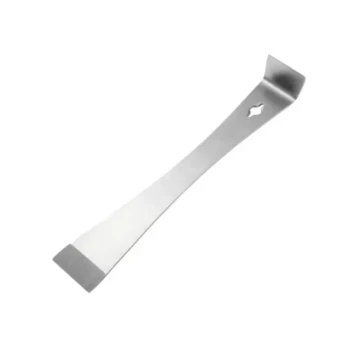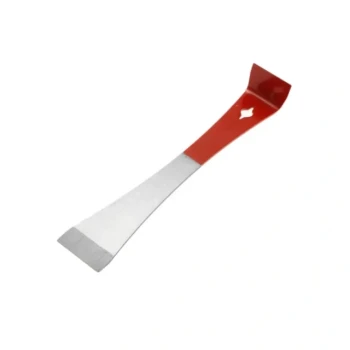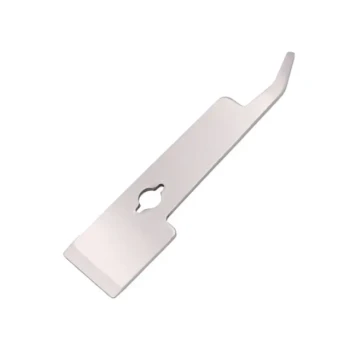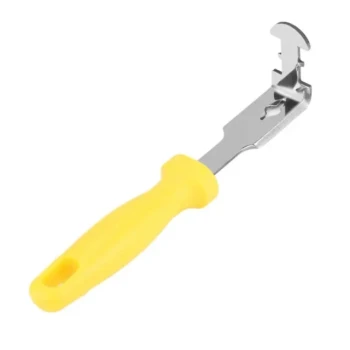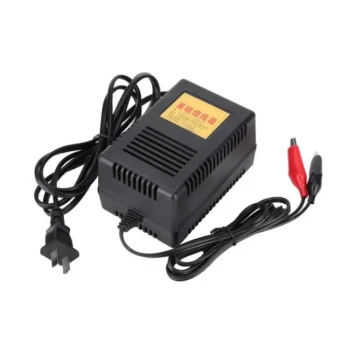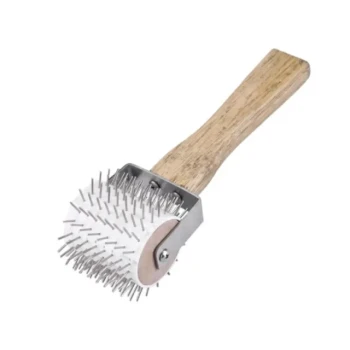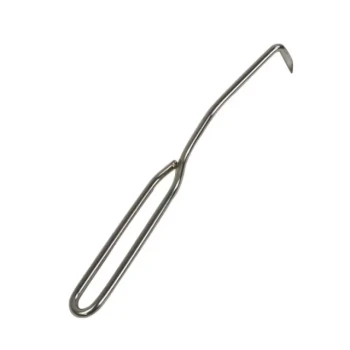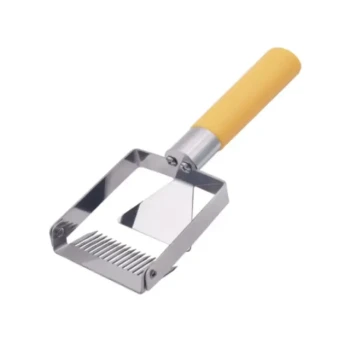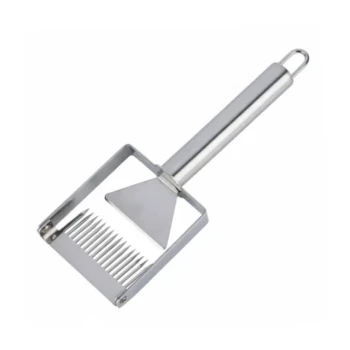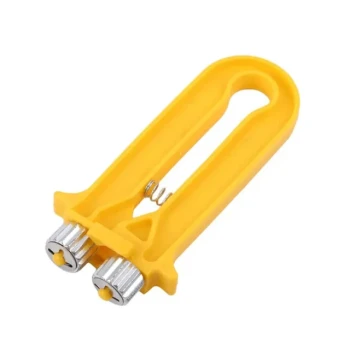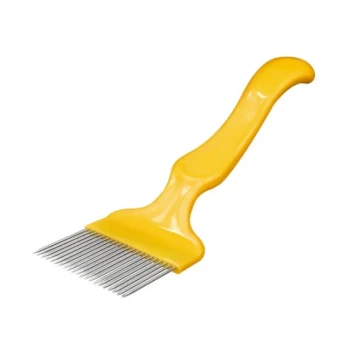No, a queen excluder cannot be used as a propolis trap. The gaps in a queen excluder are intentionally designed to be large enough for worker bees to pass through, so bees treat them as pathways. Instead of sealing these large gaps with propolis, they will fill them with unwanted burr comb, creating a significant mess and making hive inspections difficult.
The core difference lies in manipulating bee behavior through "bee space." A propolis trap has gaps smaller than bee space, which triggers the bees' instinct to seal drafts. A queen excluder has gaps larger than bee space, which encourages bees to treat it as a passageway or build comb.
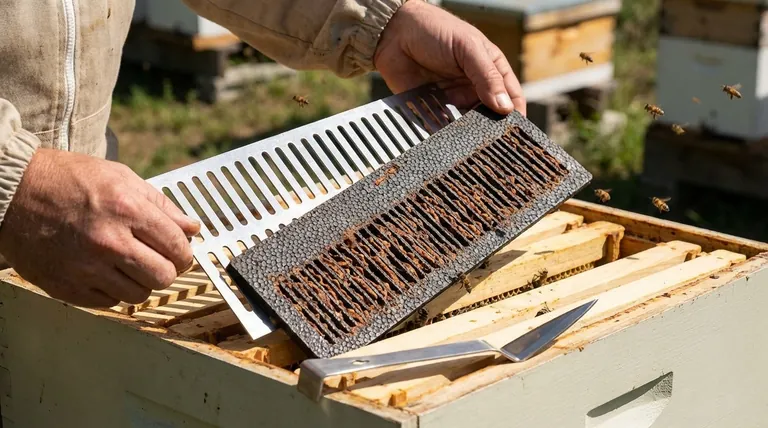
The Core Difference: Bee Behavior and Hive Geometry
To understand why these tools are not interchangeable, we must look at how honeybees interact with the space inside their hive. Their behavior is predictable and governed by a principle known as "bee space."
The Purpose of a Queen Excluder
A queen excluder is a barrier with precisely sized openings. The gaps are large enough for worker bees to move through freely but too small for the larger queen and drones.
Its sole function is to confine the queen to the brood chamber, preventing her from laying eggs in the honey supers. This ensures the honey remains free of brood, which simplifies the harvesting process.
The Purpose of a Propolis Trap
A propolis trap is a screen or flexible sheet with numerous very small slits or holes. It is designed to be placed on top of the hive body, just below the main cover.
These small openings are perceived by the bees as unwanted cracks or drafts that compromise the hive's integrity. Their natural instinct is to seal these gaps with propolis, a resinous "bee glue," to protect the colony.
The "Bee Space" Principle
Bee behavior is dictated by the size of a given space:
- A space of roughly 6-9 mm (about 1/4 to 3/8 inch) is considered "bee space." Bees will respect this as a passageway and keep it clear.
- A space larger than 9 mm will be filled with burr comb. The gaps in a queen excluder fall into this category.
- A space smaller than 6 mm will be sealed with propolis. The slits in a propolis trap fall into this category.
Unintended Consequences of Using an Excluder
Attempting to repurpose a queen excluder as a propolis trap will not work and will create new problems in your hive management.
The Problem of Burr Comb
Because the gaps in an excluder are larger than bee space, the bees will not seal them. Instead, they will build brace or burr comb to connect the frames below to the excluder above.
This makes it very difficult to remove the excluder or inspect frames without tearing up the comb and frustrating the colony. It creates a sticky mess that must be cleaned up.
Why No Propolis is Collected
The bees do not perceive the large gaps in an excluder as a threat or a draft. They see them as functional pathways between different parts of the hive.
Without the stimulus of a small, unwanted crack, the bees have no reason to deposit propolis on the excluder. The fundamental behavioral trigger is missing.
Making the Right Choice for Your Goal
Using the correct tool is essential for working with your bees, not against them. Your choice depends entirely on your objective for the hive.
- If your primary focus is managing brood location: Use a queen excluder to keep the queen in the brood boxes and ensure your honey supers remain clean.
- If your primary focus is harvesting propolis: Use a dedicated propolis trap, which leverages the bees' instinct to seal small cracks in the hive.
- If your primary focus is minimizing equipment: Recognize that a propolis trap is essential for efficient collection, whereas a queen excluder is an optional tool that many beekeepers choose not to use.
Understanding how bees perceive and manage space is the key to selecting the right tool and achieving your beekeeping goals.
Summary Table:
| Tool | Primary Function | Gap Size | Bee Behavior | Result |
|---|---|---|---|---|
| Queen Excluder | Confine queen to brood chamber | Larger than bee space (>9mm) | Treated as a passageway | Burr comb buildup |
| Propolis Trap | Harvest propolis | Smaller than bee space (<6mm) | Perceived as a draft to seal | Propolis collection |
Elevate Your Apiary's Efficiency with the Right Equipment
For commercial apiaries and distributors, using the correct tools is fundamental to productivity and hive health. HONESTBEE supplies the precise, durable beekeeping equipment you need to work in harmony with your bees' natural instincts.
- Source high-quality queen excluders to manage brood placement effectively.
- Obtain efficient propolis traps to add a valuable product to your revenue stream.
Let our wholesale-focused operations support your business. We provide the reliable supplies that commercial beekeepers and distributors count on.
Contact HONESTBEE today to discuss your equipment needs and wholesale pricing.
Visual Guide
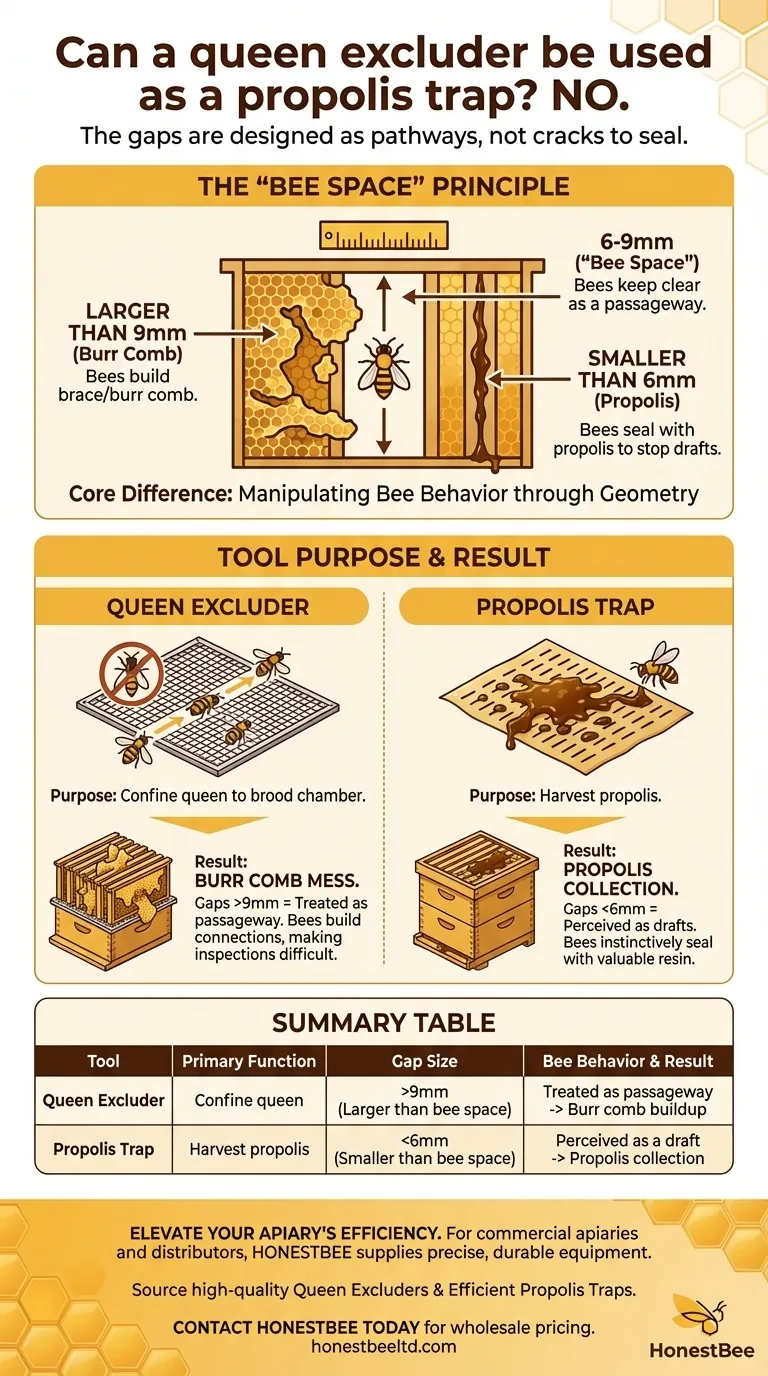
Related Products
- HONESTBEE Professional Long Handled Hive Tool with Precision Cutting Blade
- Multi-Function Plier-Style Frame Grip Hive Tool
- Professional Dual-End Stainless Steel Hive Tool for Beekeeping
- HONESTBEE Professional Multi-Functional Hive Tool with Ergonomic Wood Handle
- Professional Stainless Steel Pry-Bar Hive Tool
People Also Ask
- What is a hive tool and what are its uses? Master Your Hive Inspections with the Essential Beekeeper's Tool
- What are the features of a regular hive tool? The Essential Multi-Tool for Every Beekeeper
- How should beekeepers handle bees when using a hive tool? Master Calm, Deliberate Techniques
- What is the hive tool used for? The Essential Multi-Tool for Every Beekeeper
- What tools are used for cleaning frames? A Beekeeper's Simple 4-Tool Guide




